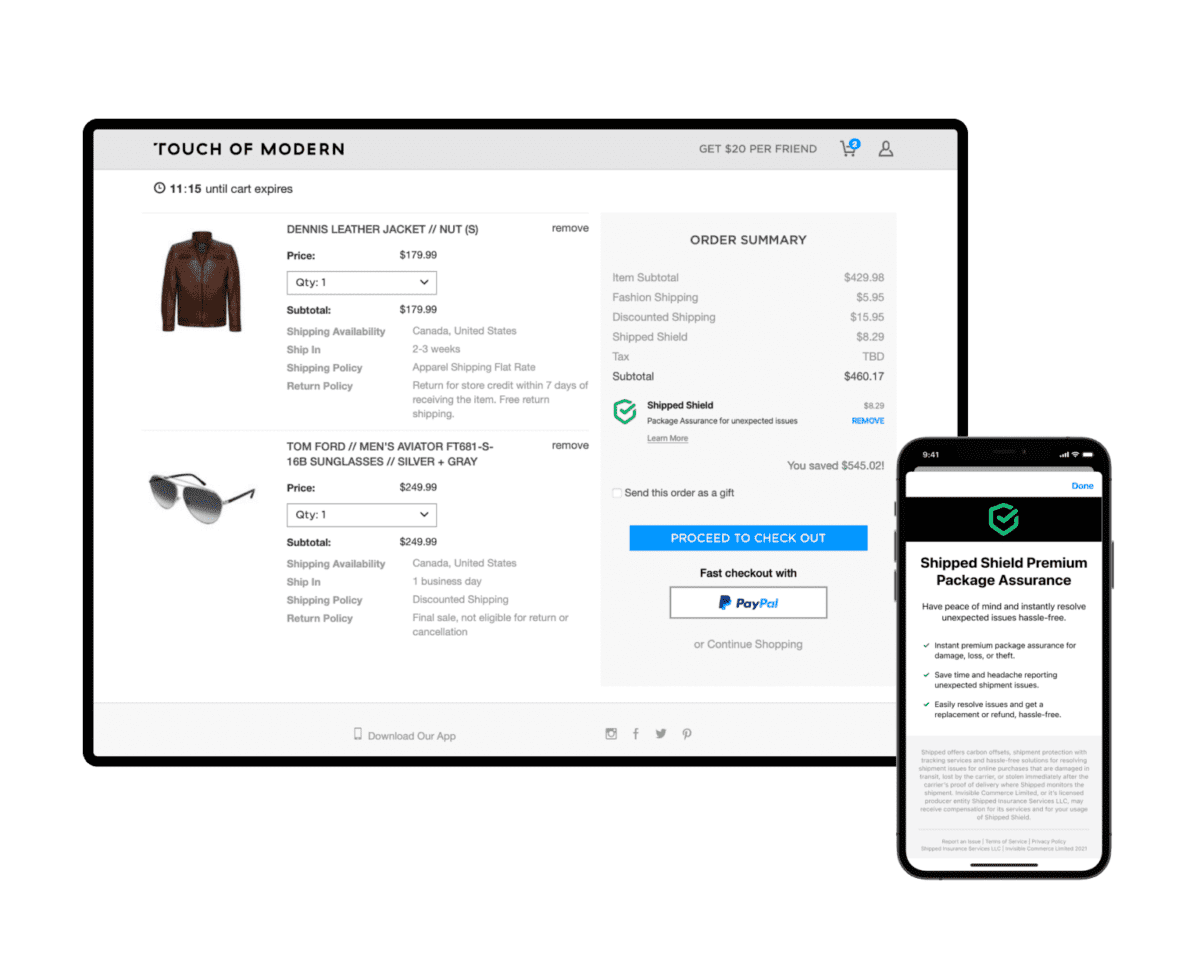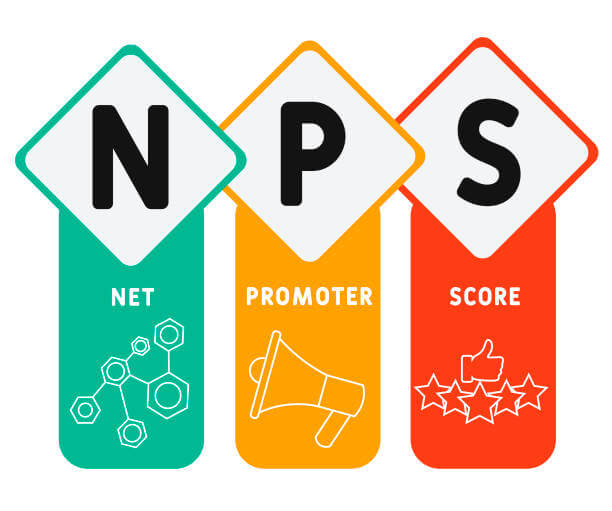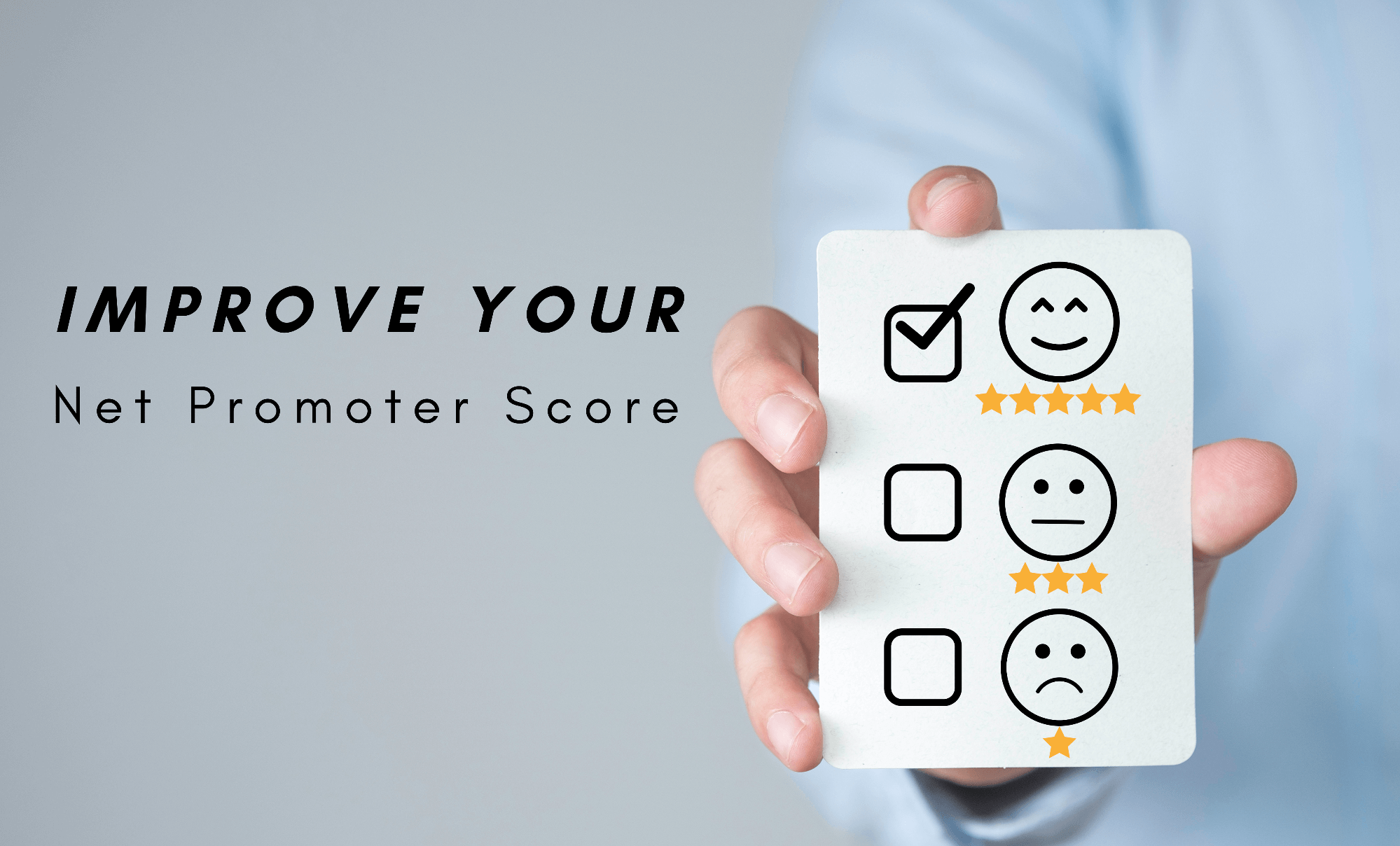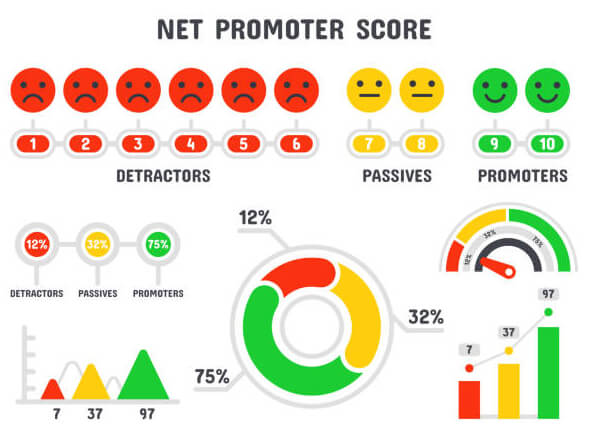Automating the Return Process in Ecommerce: A Comprehensive Guide
Shipped
on
May 22, 2023
The rise of ecommerce has transformed the way we shop, providing convenience and accessibility like never before. However, managing returns can be a complex and time-consuming task for ecommerce businesses. Thankfully, automation has emerged as a solution to streamline the return process, enhance customer satisfaction, and even reduce return rates. This comprehensive guide will explore various automation techniques that can revolutionize how you handle returns in your ecommerce business.
How Can Automating Ecommerce Return Processes Benefit You?
Automating the return process in ecommerce stores can significantly benefit retailers and customers. Returns are an inevitable part of online shopping, and streamlining this process can enhance efficiency, customer satisfaction, and overall business operations.
The process of automation reduces the administrative burden on retailers. Manual handling of returns is time-consuming and can lead to errors and delays. By implementing automated return systems, retailers can save valuable time and resources by eliminating manual data entry and processing.
This enables them to focus on more strategic aspects of their business, such as marketing and customer acquisition. Automation also inevitably improves customer experience. A smooth and hassle-free return process is crucial for maintaining customer satisfaction and loyalty. With automation, customers can initiate returns online, instantly generating return labels and tracking numbers.
This empowers customers with self-service options, allowing them to initiate returns at their convenience. Additionally, automated systems can provide real-time updates on return status, ensuring transparency and reducing customer anxiety.
Moreover, automating returns can lead to cost savings. Manual processing of returns can be expensive, requiring additional staff and physical resources. Automation reduces the need for manual labor, leading to cost efficiencies in the long run. Additionally, automated systems can analyze return data, providing valuable insights into product quality, customer preferences, and areas for improvement, helping retailers optimize their operations.
By streamlining the process of ecommerce returns, retailers can reduce the carbon footprint associated with returns, such as transportation and packaging waste. Automated systems can optimize routing and consolidating returns to minimize transportation emissions. Furthermore, efficient returns reduce the likelihood of returned products ending up in landfills, allowing for better inventory management and reducing waste.
The Pain of Ecommerce Return Processes Without Automation
In ecommerce stores that do not have automation in their return processes, the workflow typically involves several manual steps. When a customer wants to initiate a return, they usually need to contact the retailer’s customer service department via phone, email, or an online form. They provide details about the order, the reason for the return, and any additional information the retailer requires.
Once the return request is received, a customer service representative manually reviews it and verifies its eligibility based on the retailer’s return policy. They may need to communicate with the customer for clarification or additional information. Once the return is approved, the representative generates a return authorization number or a return merchandise authorization (RMA) and provides it to the customer.
The customer is responsible for packaging the returned items securely and shipping them back to the retailer. They need to cover the shipping costs unless the retailer offers free returns. The customer then provides the tracking information to the retailer’s customer service team.
Upon receiving the returned items, the retailer’s staff inspects the products to ensure they are in resalable condition. They may need to check for any damages, missing parts, or signs of use. If the items pass inspection, the retailer processes the refund or issues store credit as per the customer’s preference. This manual refund process often involves data entry and coordination with the finance department.
Without automation, this manual return process can be time-consuming, prone to errors, and result in delayed refunds. It also requires dedicated customer service staff to handle return requests and manage the entire process. Automating the return process eliminates these challenges, streamlines operations, and enhances customer satisfaction.
How Does Automation In the Ecommerce Sector Work?
Automation in the ecommerce sector, particularly in the context of automated returns for ecommerce stores, involves the implementation of technology-driven systems and processes to streamline and simplify the return process. Here’s how automation works in this aspect:
Simplify Processes With A Return Management System (RMS)
An RMS is software that helps to simplify the return process. It can perform various tasks, including creating return labels, tracking returned items, and giving refunds or store credits. It automates these tasks to save time and reduce the need for manual work.
Implementing a Return Management System (RMS) is crucial to automating the return process. An RMS is a software solution specifically designed to handle returns efficiently. It encompasses a range of functionalities, including generating return labels, tracking returned items, and issuing refunds or store credits. By automating these tasks, an RMS saves valuable time and reduces the need for manual intervention.
The Convenience of Automated Return Labels
Automating return processes in ecommerce stores, particularly through implementing automated return labels, brings numerous benefits. With automated return labels, customers can easily initiate returns online and instantly generate shipping labels with all the necessary details. This eliminates the need for manual label creation and reduces errors.
The automated system also enables real-time tracking, providing customers with transparency and peace of mind. Retailers benefit from streamlined processing and reduced administrative workload. Automated return labels enhance efficiency, improve customer experience, and contribute to a smoother and more streamlined return process in the ecommerce sector.
Enabling customer self-service return label generation is a significant advantage in today’s business landscape. Customers can quickly and efficiently create return labels by utilizing your ecommerce platform or third-party resources. This simplifies the return process for your team and customers, eliminating the need for manual label creation.
Utilize AI Customer Service and Chatbots

AI customer service and chatbots have revolutionized the ecommerce sector by providing efficient and personalized customer support, and by integrating AI customer service on your ecommerce site, you can use chatbots to address typical return-related inquiries. These chatbots are programmed to help customers through the return process, respond quickly, and offer helpful details. AI customer service speeds up response times, lightens the workload on your customer service team, and ensures 24/7 assistance for your customers.
Using natural language processing and machine learning algorithms, chatbots can understand customer inquiries, provide instant responses, and handle common issues around the clock. They offer a seamless and immediate customer experience, reducing wait times and increasing customer satisfaction.
AI-powered chatbots can also gather customer data, preferences, and behavior patterns, enabling personalized recommendations and targeted marketing efforts. By automating routine customer service tasks, ecommerce businesses can focus on strategic initiatives, improve operational efficiency, and deliver a higher level of customer service.
Ecommerce Inventory Management Software
To run a successful ecommerce business, having a streamlined approach to inventory management is essential. When dealing with returns, using inventory management software is particularly important. Ecommerce inventory management software automation simplifies the return process for both customers and retailers. By integrating with the ecommerce platform, this software automatically updates inventory levels as returns are processed, ensuring accurate stock information.
When a customer initiates a return, the software tracks the returned items, triggers the refund or exchange process, and updates inventory accordingly. Retailers can easily manage returns, track return status, and streamline the processing of refunds or replacements. For customers, automated inventory management ensures that accurate stock availability is displayed, minimizing potential frustrations from ordering out-of-stock items. Overall, this automation enhances the efficiency of the return process, reduces errors, and improves customer satisfaction.
Keep Your Customers Updated With Automated Email Notifications
To ensure clear communication during the return process, it is important to use automated email notifications. These notifications can be sent at different stages, such as when a return is received, a refund is processed, or if there are any issues with the return. This helps improve the customer experience, provides transparency, and reduces the workload for your customer service team.
Automating email notifications can also be used to encourage customers to provide feedback on their purchases. This helps you identify any potential issues and allows you to take proactive steps, improving customer retention and loyalty.
Learn From Each Return With Data Analysis Tools

Utilizing data analysis, tools can provide valuable insights into return patterns and trends, thereby optimizing the return process. Analyzing return data helps identify frequent reasons for returns, products with high return rates, and areas for improvement. These insights can aid in making informed decisions like improving product descriptions, addressing quality issues, or refining return policies to lower return rates.
Automation can also help you detect inconsistencies in customer input and product data. This helps protect you from any potential fraud, improper refunds, or malicious activity. Automating the return process supports better accuracy and faster processing of returns.
Streamline Returns By Integrating With Shipping Carriers
Streamlining returns by integrating with shipping carriers simplifies the automated return process for ecommerce retailers and customers alike. By seamlessly connecting with shipping carriers, automated return systems can generate pre-paid return labels, initiate return pickups, and track return shipments in real time. This integration eliminates the need for manual coordination with carriers, saving time and reducing errors.
Retailers can provide customers with a smooth return experience by offering convenient return shipping options and ensuring seamless logistics. By leveraging the capabilities of shipping carriers through integration, retailers can streamline the return process, enhance operational efficiency, and provide a seamless and hassle-free return experience for their customers.
Implementing Automated Return Processes in Ecommerce
Automating the return process in ecommerce can significantly improve efficiency and enhance customer satisfaction. To successfully implement automated return processes, retailers need to consider several crucial factors. Here are the key steps involved:
1. Selecting the right software or platform
Choosing the appropriate software or platform is the foundation of automating return processes. Retailers should evaluate different options based on their specific needs and requirements. The selected software should offer features such as self-service return initiation, real-time tracking, automated verification, and seamless refund processing. Additionally, it should integrate well with the existing ecommerce infrastructure.
2. Integrating with existing ecommerce systems
Integrating the automated return process with existing ecommerce systems is vital for seamless operations. Retailers must ensure that the chosen software or platform can be seamlessly integrated with their order management, inventory management, and customer relationship management systems. This integration enables accurate updates of inventory levels, streamlined refund processing, and effective tracking of returns.
3. Training and onboarding staff for smooth adoption:
Proper training and onboarding of staff are essential for the successful adoption of automated return processes. Employees involved in handling returns should be trained on how to use the automated system effectively. They should understand the new processes, features, and the roles they play in the automated workflow. This training ensures a smooth transition and enables staff to provide efficient support to customers throughout the return process.
4. Testing and refining the automated process
Before fully implementing the automated return process, thorough testing is crucial. Retailers should run various test scenarios to ensure the system functions as expected. This includes initiating test returns, tracking the progress, and processing refunds. Testing helps identify any issues, bugs, or gaps in the automation, allowing retailers to refine and fine-tune the process for optimal performance.
By following these steps, ecommerce retailers can successfully implement automated return processes. Selecting the right software, integrating with existing systems, training staff, and testing the automation ensures a seamless and efficient return process that enhances customer satisfaction and boosts operational efficiency. Automation in returns not only saves time and resources but also improves accuracy, streamlines workflows, and elevates the overall ecommerce experience for both retailers and customers.
Final Thoughts
Automating the return process in ecommerce is not just about saving time and resources. It’s about providing a frictionless experience for your customers and building their trust in your brand. By implementing automation techniques such as a Return Management System, automated return labels, AI customer service, inventory management software, automated email notifications, data analysis tools, and integration with shipping carriers, you can revolutionize your return process. Embrace automation and unlock the potential to enhance customer satisfaction, increase operational efficiency, and drive the success of your ecommerce business.
















